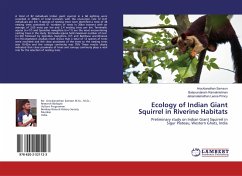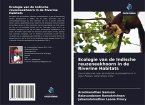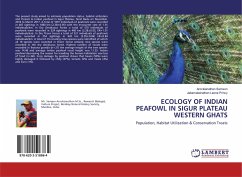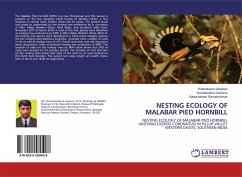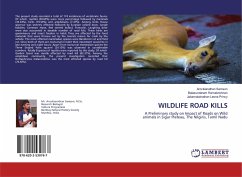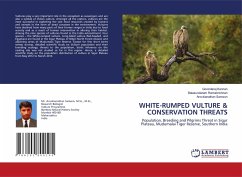A total of 82 individuals Indian giant squirrel in a 68 sighting were recorded in 200km of total transects with the encounter rate of 0.41 individuals per km. 9 species of nesting trees were identified a total of 48 nesting trees contained 61 numbers of nests in 20km transect with an average of 3.05 nests per km and 2.4 nesting trees per km. Terminalia arjuna (n=17) and Spondias mangifera (n=11) are the most encountering nesting trees in the study. Terminalia arjuna hold maximum number of nest (n=20) followed by Spondias mangifera (17) and Bambusa arundinacea (n=16).vegetation analysis result shows that a total of 12 species of trees were recorded and the close proximate of the trees to the nesting trees was 10.42m and the canopy continuity was 70% These results clearly indicated that close proximate of trees and canopy continuity plays a vital role for the selection of nesting tress.

